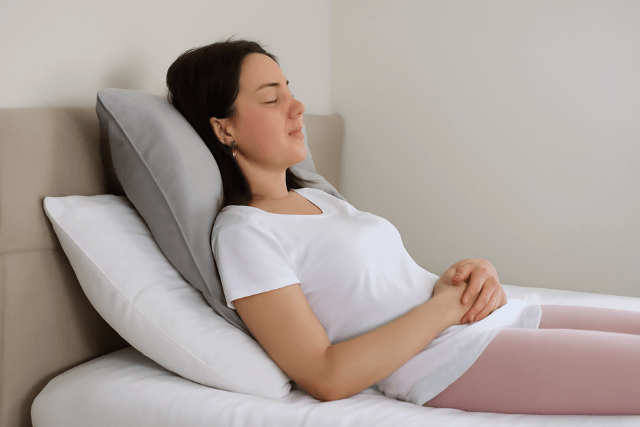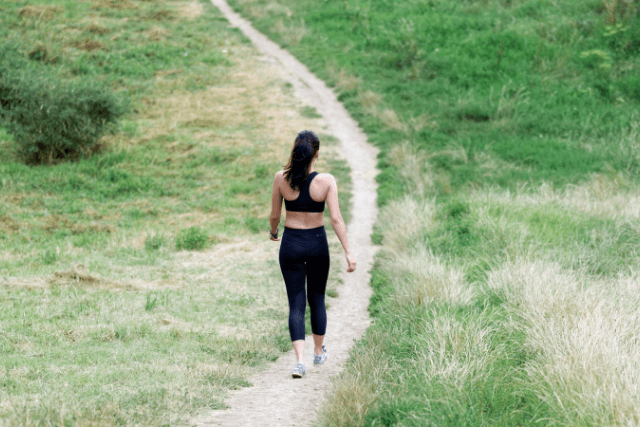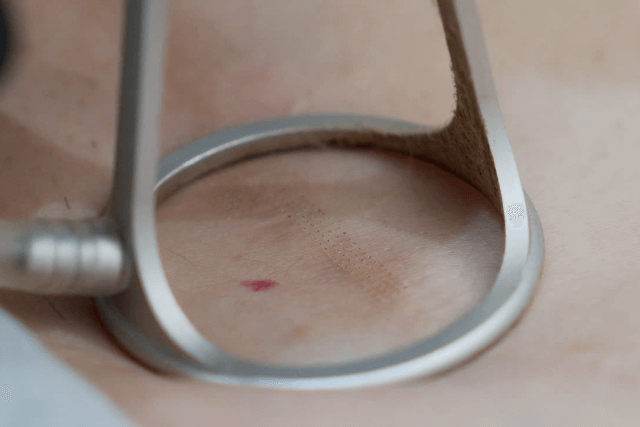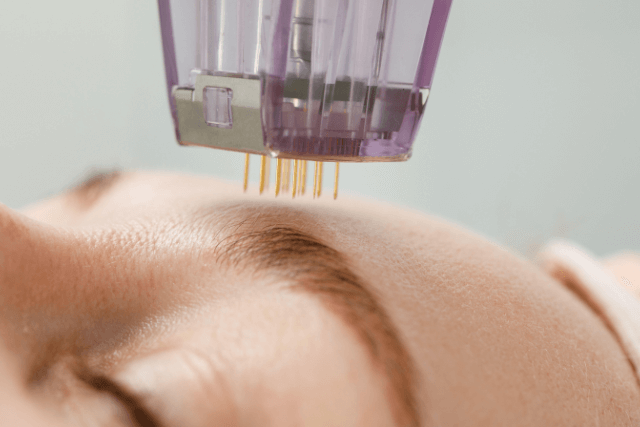Liposuction is one of the most popular cosmetic procedures for body contouring, offering patients the ability to target stubborn fat areas that are resistant to diet and exercise. While liposuction can provide transformative results, the key to achieving optimal outcomes lies in proper post-operative care. Understanding the recovery tips after liposuction is crucial to ensure a smooth healing process, minimize complications, and maintain the results of your procedure.
In this blog, we will provide you with comprehensive recovery tips after liposuction, covering everything from managing discomfort and swelling to returning to physical activity. We will also discuss the importance of following your surgeon’s specific instructions and the best practices for maintaining long-term results.
What to Expect After Liposuction Surgery
Before diving into the recovery tips, it’s important to understand what happens immediately after the procedure. Liposuction involves the removal of excess fat from targeted areas through small incisions. During the procedure, a local anesthetic or general anesthesia is used, and you may be given a sedative to keep you relaxed.
After the surgery, you will likely experience swelling, bruising, and some discomfort in the treated areas. These are normal side effects of the procedure and part of the healing process. However, following recovery tips after liposuction can help you manage these symptoms and speed up your recovery.

1. Rest and Take It Easy After Surgery
One of the most important recovery tips after liposuction is to get plenty of rest during the initial stages of recovery. After liposuction, your body needs time to heal, and pushing yourself too hard can delay the process or lead to complications.
- The First Few Days: It’s essential to rest for the first few days after surgery. You should avoid any strenuous physical activities, including lifting, bending, or excessive walking. Take naps as needed to allow your body to recover.
- Sleeping Position: Try to sleep in a position that reduces strain on the treated areas. You may need to sleep slightly elevated to minimize swelling, especially if liposuction was performed on the abdomen or thighs.
Why Rest Matters
Rest helps your body focus its energy on healing. Pushing your body too soon can increase the risk of complications such as infections or increased swelling.
2. Manage Swelling and Bruising After Surgery
Swelling and bruising are common after liposuction, especially in the first few days. To minimize these effects, follow these recovery tips after liposuction:
- Wear Compression Garments: One of the most important post-operative care instructions after liposuction is wearing compression garments. These garments help reduce swelling, support your skin, and promote proper healing. Your surgeon will provide specific instructions on when to wear the garments and how long you need to keep them on.
- Elevate the Treated Area: Whenever possible, elevate the treated areas to help reduce swelling. For example, if you’ve had liposuction on your legs or thighs, try to keep your legs elevated while resting.
- Cold Compresses: Applying cold compresses in the first few days can help reduce swelling and discomfort. Be sure not to apply ice directly to your skin; instead, wrap the ice in a clean cloth or use a gel pack.
Why Swelling Occurs
Swelling occurs as part of the body’s healing response. It’s the result of fluid accumulation as your body works to repair the treated area. Compression garments and elevation help guide the fluid away from the affected areas, reducing swelling more quickly.
3. Manage Pain and Discomfort
After liposuction, some pain and discomfort are normal. However, you can manage these symptoms effectively with proper care. Here are some recovery tips after liposuction to help manage pain:
- Follow Pain Medication Guidelines: Your surgeon will likely prescribe pain medication to help you manage discomfort in the first few days. Be sure to follow the medication guidelines carefully to avoid complications.
- Over-the-Counter Pain Relievers: If your surgeon permits, you may be able to take over-the-counter pain relievers, such as acetaminophen (Tylenol), to help ease any lingering pain. Avoid aspirin and other anti-inflammatory medications, as they can increase the risk of bleeding.
- Avoid Tight Clothing: While compression garments are necessary, avoid wearing overly tight clothing that could cause further discomfort or restrict blood flow to the healing areas.
Why Managing Pain Is Important
Proper pain management is essential for a smooth recovery. Pain that is not well-controlled can lead to increased stress on your body, which may interfere with the healing process and extend recovery time.
4. Follow Your Surgeon’s Instructions
Each liposuction procedure is unique, and your surgeon will provide you with specific recovery tips after liposuction tailored to your case. Following these instructions is critical for ensuring the best possible outcome.
- Schedule Follow-Up Appointments: It’s important to attend all follow-up appointments with your surgeon. These appointments allow the doctor to monitor your progress, check for complications, and provide additional advice on post-operative care.
- Stay Hydrated and Eat Nutritious Foods: Drinking plenty of water and eating a balanced diet will help speed up your recovery. Foods rich in vitamins and minerals, such as fruits and vegetables, can help reduce swelling and promote healing.
- Avoid Smoking and Alcohol: Smoking and alcohol can slow down the healing process. It’s essential to avoid these substances during your recovery period.
Why Following Instructions Matters
Your surgeon’s guidelines are designed to optimize your healing process. Failing to follow them could increase the risk of complications such as infection, scarring, or prolonged swelling.

5. Gradually Increase Activity
While it’s important to rest after liposuction, you should also start gradually increasing your activity level as your body heals. Here are some guidelines for increasing your activity:
- After the First Week: You may be able to start light walking to improve circulation. This helps prevent blood clots and supports healing.
- Two to Four Weeks Post-Surgery: After the first few weeks, you may be able to return to light exercises, such as gentle stretching or low-impact cardio. However, avoid high-intensity workouts until your doctor clears you to do so.
- After Six Weeks: Depending on your progress, your surgeon may give you the green light to resume regular physical activities, including running, weightlifting, and other vigorous exercises.
Why Gradual Movement Helps
Gradually increasing activity improves circulation, which helps to carry nutrients to the treated areas, aiding in healing. However, too much activity too soon can disrupt the healing process, leading to complications.
6. Monitor for Complications After Surgery
While rare, complications can arise after liposuction. It’s important to be aware of potential warning signs and seek medical attention if needed. Here are some things to watch for:
- Infection: Signs of infection include increased redness, warmth, swelling, or pus around the incisions. If you notice any of these symptoms, contact your surgeon immediately.
- Excessive Bleeding: A small amount of bleeding is normal, but if bleeding continues or becomes heavy, it may indicate a problem.
- Unusual Pain: Severe pain that doesn’t improve with medication may signal a complication. If the pain is unbearable or worsening, seek medical help right away.
Why Monitoring Complications Is Crucial
Promptly addressing any complications can prevent further issues and help ensure your recovery remains on track. Early intervention can reduce the risk of long-term effects.
Conclusion: Achieving Optimal Recovery After Liposuction
Proper recovery tips after liposuction are essential to achieving the best results and ensuring a smooth recovery process. By resting, managing swelling and pain, following your surgeon’s guidelines, and gradually increasing activity, you can maximize your liposuction results and return to your normal activities as quickly as possible. Keep in mind that recovery is a gradual process, and patience is key.
By adhering to these recovery tips after liposuction, you can enjoy the benefits of your procedure and achieve the body contouring results you’ve been working toward.





